
Elevated blood sugar, or abnormal blood glucose, is a health-threatening condition requiring steps. It is an alarm from the body that should not be ignored. Hyperglycemia can be lowered through proper diet and physical activity in many cases.
Contents
- Blood sugar - what are the standards?
- Burst
- Breakthrough not only during puberty
- The dawn effect in diabetes - causes
- Hyper from "rebound"
- The dawn phenomenon or the Somogyi effect?
- What is the risk of ignoring elevated blood sugar levels?
- General physical activity recommendations for type 1 and type 2 diabetes
Diabetes is a disease characterized by elevated glucose levels (sugar) in the blood, or what is called hyperglycemia. There are different types of diabetes:
Type 1 - insulin-dependent diabetes; is an autoimmune disease that develops due to a lack of insulin, which occurs because of damage to the pancreatic islets.
Type 2 - insulin-dependent diabetes; is characterized by high blood sugar levels, insulin resistance, and relative insulin deficiency.
There is a reason why fasting blood glucose targets are the most stringent - we should wake up with sugar between 70-110 mg/dl. Upon waking up too high, a blood sugar level can effectively spoil our mood because it makes it challenging to maintain normoglycemia during the day. Still, above all, it is awful for health.
The essence of self-monitoring in diabetes is taking blood sugar measurements and interpreting them. It is essential to find the cause every time an abnormal result appears on the glucometer. In the case of morning hyperglycemia, we consider the so-called human factor, i.e., a possible mistake made during the dosage of basal insulin or composing dinner and hormones. Some of them are secreted especially intensively in the morning, affecting blood sugar values after waking up.
Blood sugar - what are the standards?
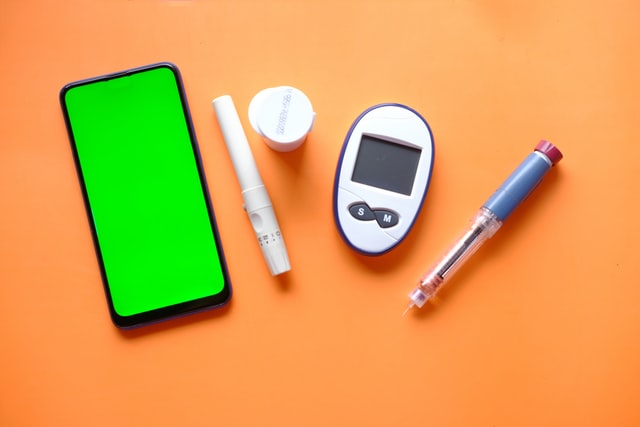
According to diabetes standards, the normal range for blood glucose, or fasting blood sugar, should be 99 mg/dl. A result between 100 and 125 mg/dl is considered abnormal blood glucose. In contrast, a postprandial glucose level of 139 mg/dl is considered normal. The range between 140 and 200 is abnormal postprandial glucose tolerance.
These situations are considered by doctors antidiabetic, explains Patrycja Wachowska-Kelly, MD, a specialist in internal medicine and obesity treatment at the Wellness Medicine Clinic of Medicover Hospital.
The dawn phenomenon or the Somogyi effect may be responsible for morning overdiagnosis. They are related to hormones, which cause glucose to be released from the liver into the bloodstream during sleep. The cause of hormone activity in both of these cases is different, so it is essential to be able to recognize these phenomena to counteract them.
Burst
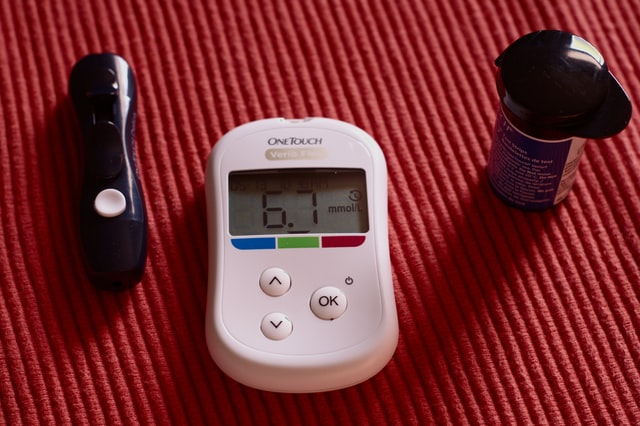
The dawn phenomenon or effect is an increase in blood glucose levels early in the morning, between 4 am and 5 am. This is caused by the physiological release of hormones such as adrenaline, glucagon, growth hormone, and cortisol. The peak secretion of these hormones occurs during sleep, between 3 and 8 am. As a result, glucose levels may be 180-250 mg/dl (10-13.09 mmol/l) upon waking.
Their purpose is to wake us up and prepare us for activity during the day. To give us the energy to perform, they cause an increase in glucose production, with a concomitant increase in insulin resistance. While in healthy people, their effect is only stimulatory, in diabetics, the high activity of these hormones can result in the morning sugar in the region of 250 mg/dl, leading to headaches, nausea, vomiting, and fatigue.
Breakthrough not only during puberty
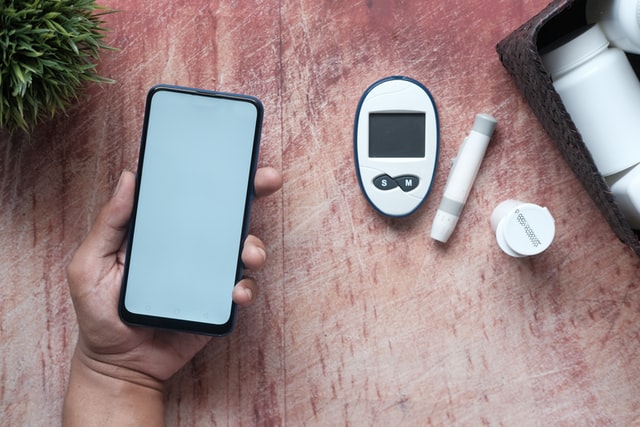
The phenomenon of belching occurs mainly in patients with type 1 diabetes, especially in adolescents during puberty. It affects 25% to 50% of people with type 1 diabetes and 3% to 50% of type 2 diabetes. It is associated with increased secretion of growth hormone by the pituitary gland.
However, growth hormones, adrenaline, glucagon, and cortisol are secreted throughout life, so more or less severe belching can occur in all age groups. However, in their case, the usual mechanism of insulin secretion and normal insulin sensitivity of tissues prevents the occurrence of hyperglycemia.
To confirm this disorder, glycemia should be monitored at night on the 24th, 4th, 5th, and 6th morning and upon awakening. Glycemia at 24 should be within the normal range, with a gradual increase starting at 4.
The dawn effect in diabetes - causes

The mechanism of the dawn effect is quite complicated. In the simplest terms, the cause of its occurrence is a physiological, normal morning hormone discharge. For the body to get the energy it needs to function, these hormones stimulate an increase in glucose production in the liver. They are designed to wake us up and prepare us for an active day - without them, it would be difficult to get out of bed.
Hence the high sugar levels during morning measurements. This causes hypoglycemia (a significant drop in sugar) to occur in the morning, and the body begins increased glucose production to protect itself from this unfavorable phenomenon. Some experts also suggest that it may result from dietary errors (e.g., no dinner, too long a night break in eating), especially in patients taking insulin therapy.
Hyper from "rebound"
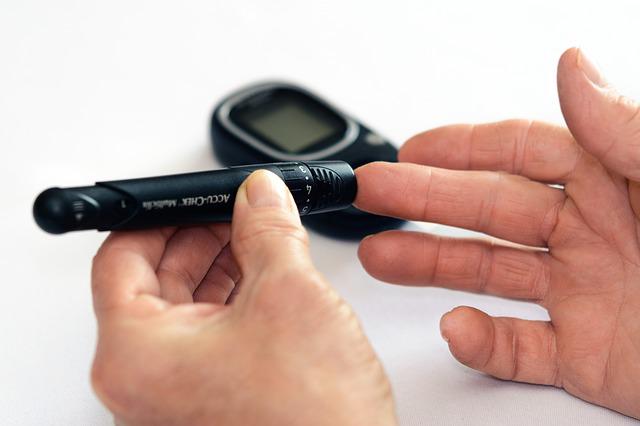
The term Somogyi effect comes from the name of the chemist who first described the phenomenon of hyperglycemia from "rebound," that is, as a direct result of hypoglycemia during sleep. It happens if insulin levels are too high at night or if you skip your last meal before bedtime. Overnight hypoglycemia can be "overslept." Low blood glucose levels cause an increase in the secretion of hormones, such as adrenaline, which, by causing specific metabolic changes, cause blood glucose to rise in the morning.
If morning hyperglycemia occurs, glycemia should constantly be tested at night at the following times: 24, 2-3, 4-6. This will assess what glucose changes have occurred. In case of overnight hypoglycemia, the previous basal insulin dose should be reduced by 1-2 units. The Somogyi effect is caused by too much insulin in the blood during sleep.
This can happen in people taking long-acting insulins if they have not eaten a snack before bed. When you sleep, your sugar levels drop, and your body releases hormones to counteract this drop. As a result, you wake up with higher sugar levels than anticipated.
Prolonged exercise during the day can deplete glycogen stores in the liver. When this happens, your blood sugar may drop excessively in the morning. This drop-in sugar level at night can also result from what is called post-exercise hypoglycemia.
The dawn phenomenon or the Somogyi effect?

The only way to be sure what is causing your high blood sugar in the morning is to wake up several nights in a row and check your blood glucose between 2 and 4 o'clock. If the result is normal or high, it may indicate a dawn phenomenon. If it is too low, it can result in a rebound of diabetes.
The most common causes of morning hypoglycemia
- eating a meal rich in fat and protein before bedtime without insulin protection,
- the improperly selected dose of an antidiabetic drug, too low a dose of basal insulin,
- injecting insulin in the wrong place,
- injecting insulin into the hypertrophied subcutaneous tissue,
- inappropriate timing of basal insulin administration,
- unacceptable type of basal insulin,
- inadequate mixing of insulin before injection,
- the dawn phenomenon,
- Somogyi effect.
What is the risk of ignoring elevated blood sugar levels?
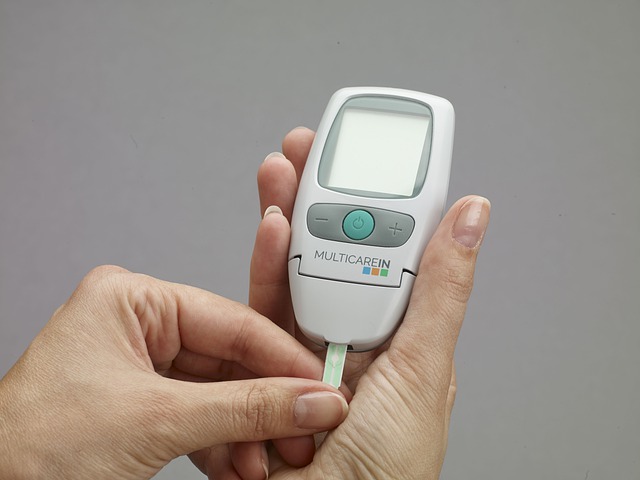
Elevated blood glucose is not yet diabetes, but depending on how our lifestyle continues, diabetes will or will not develop. If sugar levels are elevated chronically, and our pancreas is stimulated all the time, its reserves will be depleted quickly. Not necessarily after a year, but, for example, type 2 diabetes may develop due to wear and tear on pancreatic function after several years.
In other words: the more simple sugars we consume and the less we move, the more dangerous it becomes that the functional reserves of the pancreas are exhausted, and full-blown type 2 diabetes develops.
Elevated blood sugar levels damage the vascular endothelium, causing chronic inflammation. If high blood sugar is accompanied by elevated lipid levels, atherosclerotic plaque may build up - even in young people. You should be aware that the consequences of ignoring such a condition will be severe.
Pre-diabetes is an alarming condition for us because even if the glucose level is not very high now, it will be so soon. And the more kilograms we have, the faster this process will progress
General physical activity recommendations for type 1 and type 2 diabetes

- Total activity time should exceed 150 minutes per week.
- It is recommended to undertake activity daily, at least every other day.
- It is recommended to do strength training twice a week.
- Training should be done regularly.
- Physical activity should be tailored to the patient's abilities.
- Activity-based on walking, for example, should be carried out with a controlled number of steps to help achieve the goal.
- A more intensive form of physical activity should be preceded by an appropriate warm-up and finished with exercises calming the body (stretching, breathing exercises).
- Foot care is recommended (especially when peripheral neuropathy is present) and fitting appropriate footwear.
- It is worth having a unique ID badge informing about the disease.
If diabetes is diagnosed, i.e., the fasting blood glucose level is 126 mg/dl, and above, and symptoms of diabetes are present, or if the level is above 200, the patient is immediately referred to a diabetology clinic.
If such a patient's diet and physical activity do not bring the expected results, we can turn to medications that counteract high blood sugar levels. This does not always mean that the patient will have to take medication for the rest of their life," notes Dr. Patrycja Wachowska-Kelly.





